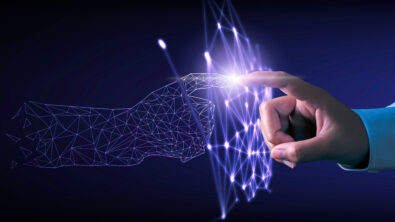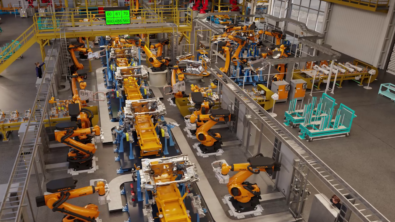The future of smart machines and smart industries – Transcript ep. 3
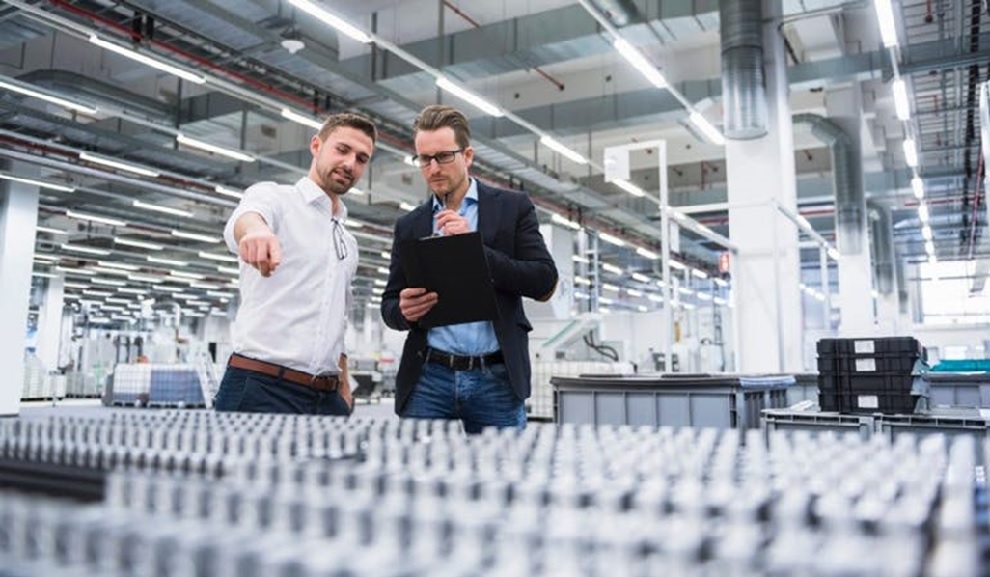
Our engineering experts, Dale Tutt, VP of Industry Strategy; Rahul Garg, VP of Industrial Machinery; and Michael Thomas, SVP of Factory Automation and Head of Production Machines, continue their discussion of the trends and challenges in the manufacturing ecosystem today, including technological advances on the horizon, and the role of digitalization in enabling the future of smart manufacturing.
Read the transcript below or listen to the audio podcast.
Conor: As we start to wrap up today, the next question is for all three of you. There’s plenty of software vendors out there for companies, but Siemens is the only one that can claim to have expertise in both software and automation worlds.
So, what’s the value of bringing those worlds together by adopting Siemens Software and automation offerings?
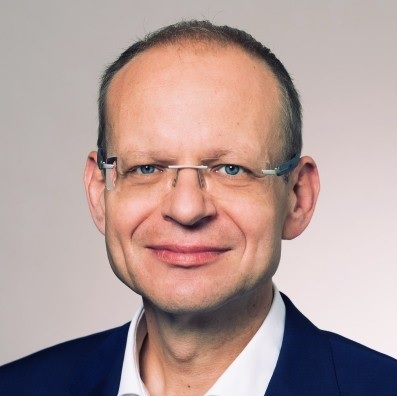
Michael: What is unique about Siemens is that we have the expertise in automation. We have expertise in software, PLM processes and domain proficiency. We know how challenging it is to comply with the design and validation rules.
In digital industries, we have a clear mission that we want to be the compartment to our machine builders in this holistic approach to create value in all aspects of the technologies.
There are a lot of players in the market for simulation software for design, software, PLM, and automation. But what Siemens did in an amazing way is we played, like an orchestra, in perfect harmony in tune to the challenges. Therefore, customers decide not only to use Siemens in automation, but to go for the transformation of the PLM process to get things done in a very effective automated way in the future.
Mid-sized companies are a very big investment and a topic of a trust to Siemens, because at the end if we would fail, that would be a disaster for the customer and the collaboration of all the teams and experts in the different domains for the sake of customer success and trustful relationships. You are only able to address that if you are an organization like Siemens DI.
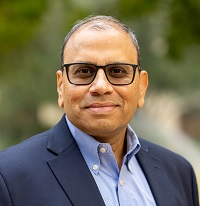
Rahul: That’s a great point, Michael. I would add that from a Siemens perspective there are a couple of things to further sharpen what you had mentioned about the global footprint that we bring to any organization that is unparalleled. Because the machine builder will be needing to sell machines in Brazil, in Germany and in China, how can you make sure that you’ve got the necessary support elements that can help you in those locations?
Well, Siemens brings that support, but more importantly, that core competency and the depth of knowledge that we get to the table, understanding the process involved in making a pharmaceutical machine versus a chocolate wrapping machine with many different use cases, various situations, and understanding to how that will all work. This capability is the expertise that we bring to the table.
Along with this expertise, we build unique integrations that help tie our software and automation portfolios together more effectively. So, we take the automation and design portfolios and bring virtual commissioning capabilities. Also, we take our automation portfolio with Edge devices and tie it back with our Amesim software design capabilities so that you have real-time monitoring and real time update capabilities while bringing in the executable digital twin capability.
As Michael mentioned, these capabilities would not be possible if you had separate organizations because we are part of the same digital industry business. We can orchestrate more efficiently for a customer to adopt these technologies without having to worry about how to assemble all the pieces. So, we have them working cohesively, so it becomes easier for you to take advantage of it immediately.
I think what we are doing is reducing the complexity by managing the software automation portfolios and eventually increasing your business performance. It gives you the ability to get that edge in helping you move into the transformation process.
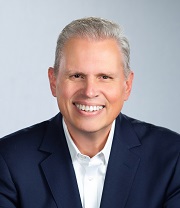
Dale: I think those are critical elements, and as we pull these together and start with the digital twin, we begin talking about the hardware and the software it takes to do this using an open ecosystem, and that’s critical not only for the solutions to work within our integrated system but also to work with software and hardware from other suppliers. So, this is especially important for many of our customers with a brownfield situation. They’re working within an existing production facility or existing machines or software. You’ve got to make it easy to integrate these newer technologies and provide the fastest way possible through an open ecosystem.
These integration efforts can be significant, especially if you bring components from different solution providers. So, when you have an open ecosystem, it makes it easier to bring those elements in. That’s an important point because we’re increasingly moving into cloud-based solutions. It’s now making it more attractive and available to companies of any size, so it doesn’t matter if you’re a small, mid-size, or even the largest OEM. Technology is now more accessible as we go forward.
It’s open, scalable, and then finally, to reiterate, it’s providing these integrated solutions across all the engineering software, PLM, and digital backbone that connects everything from your engineering, all the elements of the engineering of your design, your products, your production plants, into the manufacturing processes, and the machines operating in that manufacturing process.
Then, when you get into sustainment of both the machines in your factory, the factory itself, or even the products you deliver, you have that connectivity. You have that configuration management across the entire life cycle of all the various elements that make up your production and business processes. And you’re able to manage it on a robust backbone.
Finally, the knowledge base that Siemens can provide, being we are a manufacturer, we not only offer digital solutions, but we use those and leverage that experience across all the various industries of design operations and solutions to make it more accessible and easier to deploy for all of our customers. We can put these pieces together and the OT convergence where you can have a holistic view of all the operations, which is critical going forward.
Michael: Yes, at Siemens, we are in the position to investigate each customer and machine builder’s challenges and determine the priority of where to start, as it’s always an individual situation. This is the team’s expertise, as we can find the correct answer in terms of first steps and mid-term vision for those machine builders. Then we move into implementation, which is on the agenda in the next three to five years, and to possess the trust daily as we prove that we have the capabilities, portfolio, expertise, and mindset to do that.
Conor: Wonderful. Are there any more final thoughts you’d like to leave the listener with before we sign off for the day?
Rahul: Digitalization and automation are here, and now is the right time to jump into it and start as the capabilities are here. Michael was saying it’s a journey to begin. That journey started today, and there’s a lot that you can take advantage of to help improve your business.
Conor: Michael or Dale, any final thoughts for us today?
Dale: Yeah, I’m so excited about these times for our customers. There’s so much innovation going on in all the industries we serve, and they have a lot of challenges. We talked about this at the beginning of these podcasts. They want to go faster; they have workforce challenges. And so, it is an excellent time for our customers. I always tell people that business transformation only comes with digital transformation. So, if you want to go faster, you must have digital transformation. You must leverage those digital tools and everything that Michael and Rahul discussed today to help our customers achieve their business objectives.
And, as a trusted partner in the industries we serve, we can leverage our complete ecosystem across the entire life cycle and our own industry knowledge to work with our customers as they go forward into the future. So, thank you.
Michael: For me, being in the business for a long time, when I graduated from university, there was always something about doing automation and possibly killing my job. However, today, in talking to the young generation, people ask about what we are doing in the automation of machinery, and they understand automation manufacturing technology.
Machine building has undertaken a journey from a mechanical masterpiece to a combination of software and mechatronics, and it’s on the way to applying new technologies in terms of IT and AI and being capable of automating things we cannot automate today. Therefore, working in machine building and automation technology has never been more exciting than it is now.
Conor: Fantastic. Dale, Rahul, and Michael, thank you for joining me today. It has been an absolute pleasure talking with you all, and I would like to thank our listeners for tuning in again. So, until the next time, we’ll sign off there. Thanks, everybody.
Siemens Digital Industries Software helps organizations of all sizes digitally transform using software, hardware and services from the Siemens Xcelerator business platform. Siemens’ software and the comprehensive digital twin enable companies to optimize their design, engineering and manufacturing processes to turn today’s ideas into the sustainable products of the future. From chips to entire systems, from product to process, across all industries. Siemens Digital Industries Software – Accelerating transformation.
For more information on Siemens Digital Industries Software products and services, follow us on LinkedIn, Twitter, Facebook and Instagram.

